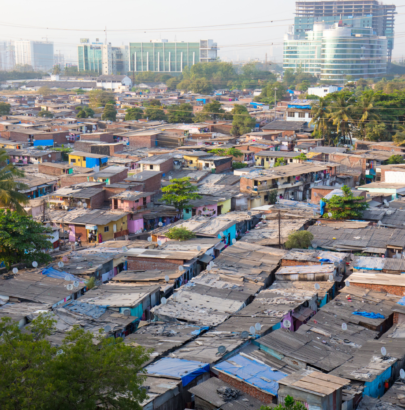Approximately one in six urban residents in India lives in a slum, according to the Census of India (2011). The residents of slums are not only economically deprived, they fare worse on both mortality and morbidity indicators as compared to their non-slum neighbours as well as their rural counterparts (Mberu et al, 2016). They are therefore highly vulnerable to both communicable and non-communicable diseases. This vulnerability comes from both poverty and the lack of infrastructures like drainage, sanitation, and access to potable water (Sclar et al, 2005). However, in India, not all slums are equally deprived. The statutory recognition of a slum happens through a process called ‘slum notification’, through which a state or local body formally acknowledges its existence. There exist many variations in how states notify slums and the impact of their notification policy. Generally, notification is a source of security for slum dwellers since the eviction from a notified slum must follow procedures laid down in the law. Notified slums are also the only slums eligible to be beneficiaries of public schemes and amenities (Subbaraman et al, 2012). Therefore, non-notified slums are doubly deprived. The working paper provides evidence of these deprivations and suggests how policy changes can lead to more equitable access to amenities.
This paper begins with a survey of literature on property rights, amenities in slums and their effects on health outcomes. It details the methodology and takes note of the legal context of notification. The following section notes the impact of notification on access to amenities. Finally, the paper presents case studies of slum policy from three Indian states and concludes with actionable policy recommendations.

